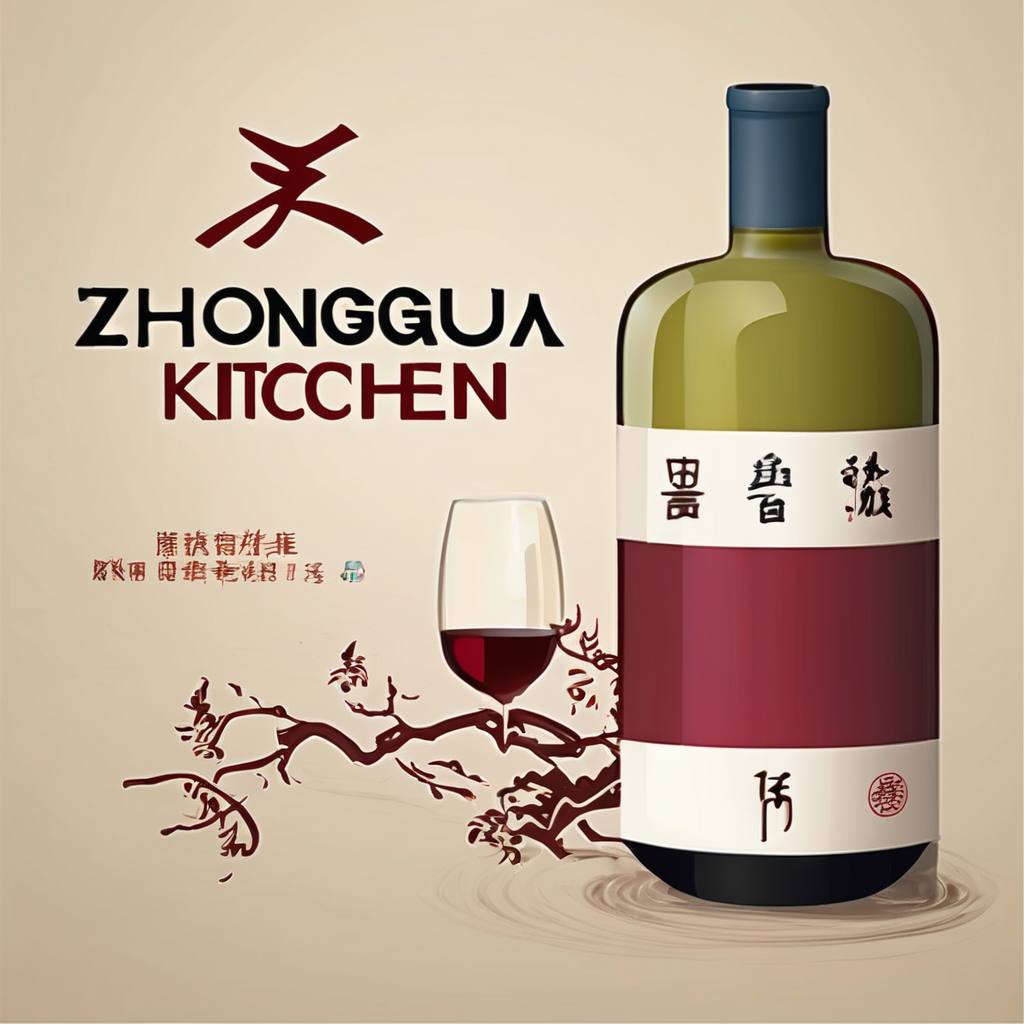Importance of Choosing the Right Wooden Spoon for High-Heat Cooking
Selecting the right wooden spoon is crucial for high-heat cooking, not just for performance but also for safety. Unlike metal utensils, wooden spoons don’t conduct heat, reducing the risk of burns. They don’t react chemically with acidic foods, unlike some high-heat cooking tools made of metals or plastics, which can leach undesirable substances into meals. Using wood in cooking utensils prevents such risks, making them indispensable in every kitchen.
A top advantage is that wooden spoons are gentler on cookware surfaces, preserving the integrity of non-stick pans and preventing scratches. This ensures the longevity of both the utensil and cookware. In high-heat scenarios, using a wooden spoon provides better control and comfort while stirring or sautéing. But, selecting quality wood and managing maintenance is essential to prevent splitting or degradation under heat.
Also read : Essential Features to Look for in a Hand Blender for Perfect Soup Creations
Wooden spoons offer a balance of durability and functionality when used in high temperatures. Selecting the right type of wood can enhance your cooking experience, offering both efficiency and safety. By considering the design and material properties of wooden spoons, their value in culinary tasks can be fully appreciated, particularly in high-heat conditions.
Materials Used in Wooden Spoons
Understanding the importance of wooden spoon materials enhances your cooking experience with safety and efficiency. Different types of wood are used in crafting these essential cooking utensils, each offering unique advantages.
Have you seen this : 5 Essential Benefits of Buying Craft Spirits Made in the USA
Common Woods for High-Heat Cooking
Hardwoods like maple, cherry, and beech are popular choices for high-heat cooking utensils. These woods are known for their durability and heat resistance. Maple, for instance, offers a smooth finish and is dense, making it an excellent fit for cooking. Cherry not only provides strength but also adds an aesthetically pleasing appearance.
In contrast, softwoods have limitations due to their lower density and heat resistance, making them less ideal in high-heat scenarios. Softwoods may degrade faster, especially under continuous heat exposure, limiting their lifespan in the kitchen.
BPA-Free and Chemical-Free Options
Opting for non-toxic materials is crucial for maintaining cooking utensil safety. Many brands emphasise sustainably sourced woods that avoid harmful chemicals, ensuring a safer cooking environment. Choosing BPA-free and natural finishes prevents toxic exposure, promoting a healthier kitchen.
Brands prioritising safety and environmental responsibility often gain higher trust and recommendation. Selecting utensils crafted from sustainably sourced, naturally treated wood ensures that your wooden spoons remain chemical-free, supporting both personal safety and ecological health.
Design Features of High-Heat Cooking Wooden Spoons
When considering wooden spoon design, several aspects stand out in enhancing both performance and comfort during high-heat cooking. The design is not just about aesthetics; it profoundly influences usability and safety.
Handle Design and Comfort
The ergonomic design of handles plays a pivotal role in user comfort, especially in intense cooking scenarios. Handles crafted to fit the hand’s natural contour ensure a secure grip, reducing strain during prolonged use. Whether opting for traditional shapes with classic simplicity or modern designs boasting sleek curves, the focus remains on functionality. An effective ergonomic handle will prevent accidents and improve user control.
Bowl Shape and Size
The bowl shape and size within a wooden spoon are equally crucial. A deep, rounded bowl allows for efficient stirring and scooping, adapting to various cooking tasks. Meanwhile, flatter bowls may offer better mixing capabilities. Choosing the ideal size ensures versatility, catering to anything from small saucepans to larger cooking pots. Moreover, the bowl’s shape can influence heat retention, impacting cooking time and efficiency. Understanding these nuances aids in selecting a spoon that perfectly matches one’s culinary needs, enhancing your kitchen experience substantially.
Durability and Maintenance of Wooden Spoons
Wooden spoon care is integral to ensuring both longevity and performance in the kitchen. Regular maintenance not only prolongs the life of these essential cooking utensils but also maintains their effectiveness over time. Thorough understanding of cleaning and storage guidelines, along with identifying wear signs, further helps in maximizing their utility.
Cleaning and Storage Guidelines
Post-cooking, cleaning wooden spoons promptly helps prevent odour absorption and bacteria build-up. It’s crucial to avoid dishwashers; instead, wash them by hand using mild soap and warm water. This gentle approach preserves the wood’s integrity. After cleaning, dry them immediately to avoid water damage. For storage, keep them in a dry, well-ventilated space, preventing warping.
Signs of Wear and When to Replace
Identifying the signs of wear is vital for ensuring utensil longevity. Splitting or cracking are prominent indicators that call for replacement. Continuous soaking, extreme temperature shifts, or neglecting regular maintenance can accelerate wear. Regularly oiling spoons with food-grade mineral oil can mitigate these effects and maintain their robustness. By understanding environmental factors such as humidity or excessive dryness, care can be adjusted to secure a longer lifespan for your wooden spoons in various conditions.
User Reviews and Recommendations
Exploring wooden spoon reviews can be enlightening for those seeking reliable cooking utensils for high-heat cooking. Here’s insight into top-rated products that have impressed users and experts alike.
Top Picks for High-Heat Cooking Wooden Spoons
Users consistently favour spoons crafted from hardwoods like maple and beech due to their exceptional durability and heat resistance. Products from brands highlighting sustainability and non-toxic finishes tend to receive high ratings for safety. These spoons are praised for balancing strength with aesthetic appeal, making them ideal for diverse kitchen tasks. In terms of cost, prices vary significantly, allowing for budget-friendly and premium choices to suit various preferences.
Pros and Cons of Different Brands
Popular brands boast unique features in their cooking utensils, often focusing on ergonomic designs or eco-friendly production. Some users report superior performance in high-heat scenarios, highlighting reliable heat resistance as a major advantage. However, others note inconsistencies in quality or a lack of robust customer support. When selecting the right brand, considering warranties and feedback can be beneficial. This helps in ensuring satisfaction with your high-heat cooking tools and maximising the utility of your purchase.
Safety Considerations in High-Heat Cooking
When engaging in high-heat cooking, understanding cooking safety is vital. Different types of wood offer varying heat resistance, impacting their suitability as cooking utensils. Hardwoods like maple, beech, and cherry are champions in retaining form under high temperatures, reducing the risk of warping or cracking.
Heat Resistance of Various Woods
Each type of wood responds uniquely to heat. Hardwoods generally resist the detrimental effects of high temperatures better than softwoods, making them ideal wooden spoon materials for high-heat scenarios. To maintain utensil safety, and avoid warping, control cooking temperatures and avoid leaving the spoon exposed to direct heat for prolonged periods.
Avoiding Chemical Reactions
Understanding potential hazards like chemical leaching is essential. Some wooden spoons are treated or coated, which can introduce substances into your food when heated. Utilizing spoons with non-toxic finishes helps prevent such risks. When selecting high-heat cooking tools, ensure you know the characteristics and finish of wooden utensils to uphold cooking safety. Choosing the right wooden spoon will minimize the chance of unwanted chemical reactions, promoting a healthier and safer cooking environment.










